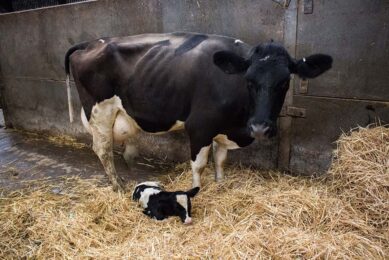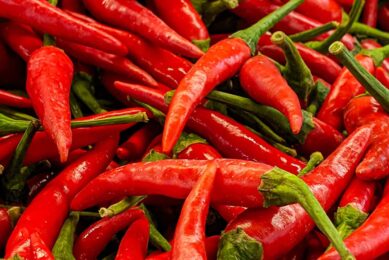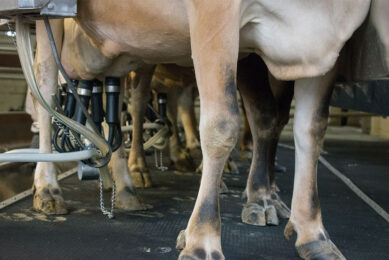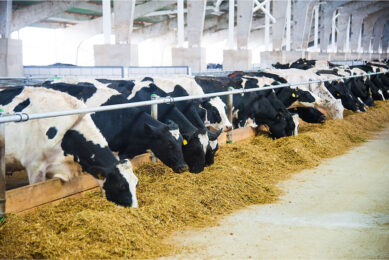Best dry period length for maximised milk production
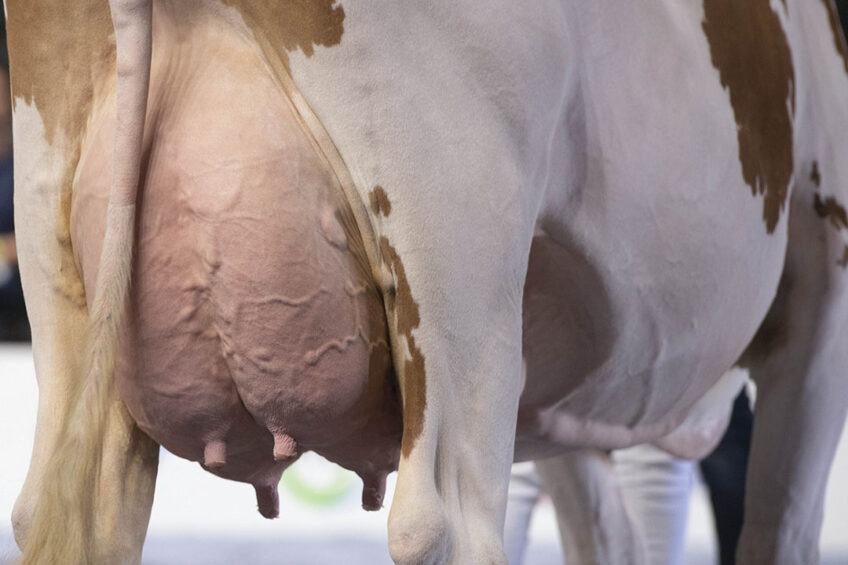
As they are in all facets of farming, precision agriculture techniques are expanding in the dairy sector – and this, says Professor Albert De Vries of the Department of Animal Sciences at the University of Florida, should include more precise management of dry period length (DPL).
“We’re getting more into customisation of what individual animals need to perform at their best in dairy farming,” he explains, “and that customisation will continue. We are now more precise with when to inseminate after calving, for example, whether or not a cow needs drying-off antibiotics and so on, and DPL could be customised too.”

Every dairy cow has an optimal DPL which maximises her expected profitability over multiple lactations, notes De Vries, but it’s not possible for farmers to accurately determine this without a reliable tool.
As a first step, De Vries, his PhD student Pornpamol Pattamanont, and other colleagues have created a set of equations based on mathematical models using data from thousands of cows and published the results in the January 2021 edition of the Journal of Dairy Science. The equations predict how much milk, or fat, or protein the cow loses in the next lactation based on her DPL, and the equations are now available in a spreadsheet. Using these equations, the scientists are working to create an economic tool that maximises profitability, one that also incorporates the effect of DPL on reproduction, milk prices, feed prices and so on.

Dry period details
In the US, many farmers use a 60-day DPL for their entire herds because it helps them account for cows that calve earlier than, or after, their due dates. However, De Vries says the optimum for a specific cow can range from 0 to more than 80 days. He and his colleagues have found that in general, shorter DPLs result in lower milk production in the next lactation, with lower protein and fat levels as well.
In the US, management of DPL is also complicated by the fact that, as De Vries explains, milk prices are ‘not stable at all.’ If a farmer uses a DPL that’s too short for a given cow (resulting in lower milk production) and milk price decreases by the time she is producing, the farmer will see an even larger economic loss. Livestock management also matters, says De Vries, in that fat cows will not produce as much milk as those with a proper weight, despite a farmer’s efforts to optimise DPL.
Challenges to creating the model
The model created by De Vries and Pattamanont is based on farm records from across the US from 2014 and 2015. But whilst that is an adequately-large amount of data, confounding factors had to be excluded (factors beyond DPL that could explain the differences in milk, fat, and protein) so that, in the end, the scientists were confident that differences are the result of differences in DPL only. “There were cases where cows dried off early for example, and therefore had a long DPL, and a common reason for this is mastitis,” De Vries explains. “So in each case of early dry-off, we looked at somatic cell counts and if it was too high, we removed data from those cows.”
How to have a successful drying-off period
The first few days of the dry off period can prove stressful.
Another confounding factor is the time of year pregnancy occurs because heat stress reduces gestation length. So, for pregnancies during the summer, the researchers had to try and determine whether lower milk production in the following lactation was due to heat stress itself or due to dry period length.
There can also be confounding effects in terms of data being different on one particular farm or in a particular study. It doesn’t matter the reason, but if there was an anomalous data set, it was removed from the data pool. In addition, the model had to account for the fact that twins result in a longer DPL (twin births usually happen earlier, therefore farmers are often cautious and dry off cows early) and differences in gestation length for heifer versus bull calves.
In solving all the math, we also needed to create an equation that’s smooth and fits nature,” De Vries says.
“We needed 3 different equations that connect. The first segment of the data is straightforward – for a DPL of less than 45 days, you see less milk, protein and fat in the next lactation. From 45 to 80 days, there is variation, and then after 80 days, there are generally no additional benefits to milk production.”
Late-gestation heifers and heat stressIncreasing global environmental temperatures have detrimental effects on the dairy industry. While the effects of heat stress on multiparous lactating and non-lactating dairy cows have been studied extensively, the effects on gestating heifers have received less attention.
Use of the tool
When the economic tool being built by De Vries and Pattamanont based on their equations is hopefully someday commercialised, the farmer will input data on lactation number and days dry for a specific cow. That data will be combined with other data on that cow from the farm’s digital milk production records, and the farmer will receive a recommendation on what day to stop milking her in order to gain the most benefit.
The algorithm will include everything we have learned about this cow,” says De Vries.
“It’s still early days in terms of the path to commercialisation, but perhaps software manufacturers will build their own versions of the model using our code or there may be a standalone tool developed that can be integrated with existing herd management systems.”
The accuracy of the model could be increased in future, he says, with the addition of more cow-related data, data on feed cost as well as predicted future milk price. Information on body condition also might be useful, but that’s generally not tracked on farms.
7 tips to reducing mastitis during the dry period
How to approach mastitis control? A recent Agriculture and Horticulture Development Board (AHDB) webinar shed some light on reducing mastitis during the dry period particularly.
De Vries notes that it may be a little tough for some farmers to believe in the model’s recommendations. “Say you have a high-producing cow and the model indicates you should dry her off when she’s 7 months’ pregnant to get more milk production in the next lactation,” he says. “It’s a matter of a farmer removing a milking cow that’s producing lots of milk and it may not seem like a good idea. I also think that some who will use the tool, for ease of management, they may choose to group similar cows into staggered dry-off groups of 50, 60, or 70 days instead of drying them off individually.”
Other models in development
De Vries and his colleagues are planning to publish a related paper on the association between DPL and fertility and culling in the next lactation, and another on the effect of farm condition (herd constraints) like a limit in milking capacity or a fat quota, on the economically-optimal DPL for groups of cows. “One question we also have at the farm level is how DPL depends on milking capacity,” he says. “You want to get as much milk as possible per hour if you have milking capacity limitations. Maybe a low-producing cow needs 70 days DPL when milking capacity is limiting, and if you make her DPL shorter than that, you are using your milking equipment time inefficiently. Or, is aiming for the fat quota affecting your economics? DPL should also be longer if you have a fat quota.”
With colleagues at Colorado State University, De Vries is also working on a tool to determine when a cow should become pregnant after her last calving and what best semen type to use.
We plan to have a prototype ready by summer,” he says. “One part of it is working out the math but another is determining how well we can predict success of conception based on all the data we have on a specific cow.”
“All these decision tools will hopefully help farmers customise and fine-tune individual cow management for better farm level results.”
De Vries has also used models to determine the best use of sex-sorted sperm, click here.



